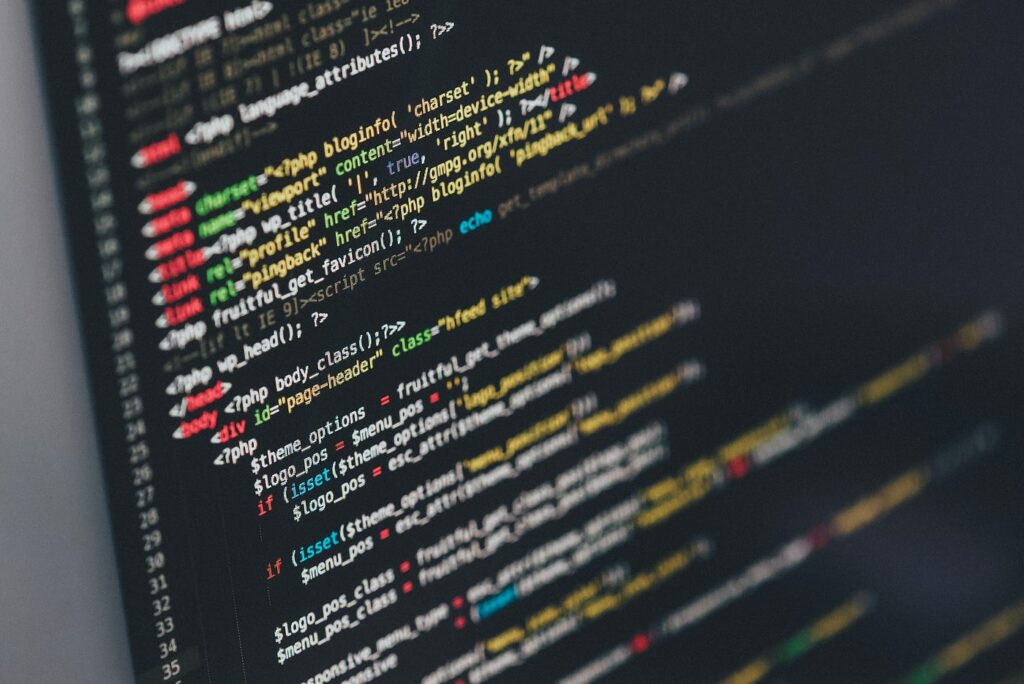Embarking on the Coding Odyssey: A Comprehensive Beginner’s Guide to Programming

Introduction:
In the vast realm of technology, coding is the language that unlocks the doors to innovation and problem-solving. For beginners, taking the first steps into the world of programming may seem daunting, but fear not. This comprehensive guide aims to demystify the process and provide a roadmap for those eager to start coding. From understanding the fundamentals to choosing the right programming language, we will navigate the landscape of programming together, empowering you to embark on your coding odyssey with confidence.
Section 1: The Basics of Programming
1.1 Defining Programming:
- Programming, also known as coding or software development, is the process of creating instructions for a computer to execute.
- At its core, programming involves writing code to solve problems, automate tasks, or create applications.
1.2 Essential Concepts:
- Variables, data types, control structures, and functions are fundamental concepts in programming.
- Understanding these concepts lays the foundation for writing effective code.
Section 2: Choosing Your First Programming Language
2.1 Python:
- Renowned for its readability and versatility, Python is an excellent choice for beginners.
- It is used in web development, data analysis, artificial intelligence, and more.
2.2 JavaScript:
- As the language of the web, JavaScript is essential for front-end web development.
- It allows for dynamic and interactive user interfaces.
2.3 Java:
- Java’s “write once, run anywhere” philosophy makes it suitable for diverse applications, from mobile apps to enterprise-level systems.
2.4 Ruby:
- Known for its elegant syntax, Ruby is favored for web development and scripting tasks.
- Ruby on Rails is a popular web development framework built on Ruby.
2.5 C#:
- Developed by Microsoft, C# is widely used for building Windows applications, games, and web services.
- It is a versatile language with a strong emphasis on object-oriented programming.
Section 3: Setting Up Your Development Environment
3.1 Installing a Code Editor:
- Choose a code editor that suits your preferences and needs. Popular choices include Visual Studio Code, Atom, and Sublime Text.
3.2 Setting Up Python:
- Install Python and a package manager like pip to start coding in Python.
- Utilize virtual environments to manage dependencies.
3.3 Configuring JavaScript Development:
- For web development with JavaScript, use browsers and developer tools for testing and debugging.
- Explore Node.js for server-side JavaScript.
3.4 Installing Java Development Kit (JDK):
- Download and install the JDK to set up your Java development environment.
- Choose an integrated development environment (IDE) like Eclipse or IntelliJ IDEA.
Section 4: Learning the Basics of Coding
4.1 Online Coding Platforms:
- Platforms like Codecademy, Khan Academy, and freeCodeCamp offer interactive coding exercises for beginners.
- These platforms provide hands-on experience with coding in a supportive learning environment.
4.2 Books and Documentation:
- Explore beginner-friendly books and online documentation for your chosen programming language.
- Books like “Automate the Boring Stuff with Python” and “Eloquent JavaScript” are excellent starting points.
4.3 Practice, Practice, Practice:
- Coding is a skill that improves with practice. Solve coding challenges on platforms like HackerRank, LeetCode, or Codewars.
- Contribute to open-source projects or work on personal projects to apply your knowledge.
Section 5: Understanding Debugging and Problem-Solving
5.1 Debugging Techniques:
- Learn to use debugging tools provided by your code editor or IDE.
- Understand common error messages and how to troubleshoot them.
5.2 Problem-Solving Strategies:
- Break down problems into smaller tasks and solve them step by step.
- Embrace a systematic approach to problem-solving, and don’t hesitate to seek help from online communities.
Section 6: Connecting with the Coding Community
6.1 Online Forums and Communities:
- Join coding communities on platforms like Stack Overflow, GitHub, and Reddit.
- Engage in discussions, seek advice, and learn from the experiences of other developers.
6.2 Attending Coding Events and Meetups:
- Attend local or virtual coding events, meetups, and hackathons.
- Networking with other developers can provide valuable insights and mentorship.
Section 7: Expanding Your Knowledge and Specializing
7.1 Exploring Advanced Topics:
- Once you are comfortable with the basics, delve into advanced topics such as algorithms, data structures, and design patterns.
- Take courses or read books that cover more complex programming concepts.
7.2 Specialization and Career Paths:
- Explore different branches of programming, such as web development, mobile app development, data science, or machine learning.
- Identify your interests and consider specializing in a specific area.
Section 8: Staying Updated and Embracing Lifelong Learning
8.1 Following Industry Trends:
- The tech industry evolves rapidly. Stay informed about the latest trends, frameworks, and technologies.
- Subscribe to tech blogs, podcasts, and newsletters to stay updated.
8.2 Embracing Lifelong Learning:
- Programming is a lifelong learning journey. Be open to acquiring new skills and adapting to emerging technologies.
- Consider pursuing certifications or advanced degrees to enhance your expertise.
Conclusion:
Embarking on the journey of learning how to code is a thrilling endeavor that opens doors to endless possibilities. With the right mindset, resources, and guidance, anyone can become proficient in programming. This comprehensive guide has provided a roadmap for beginners, covering the basics, language selection, environment setup, and ongoing learning strategies. As you step into the coding world, remember that perseverance, curiosity, and a supportive community are your greatest allies. Happy coding!




